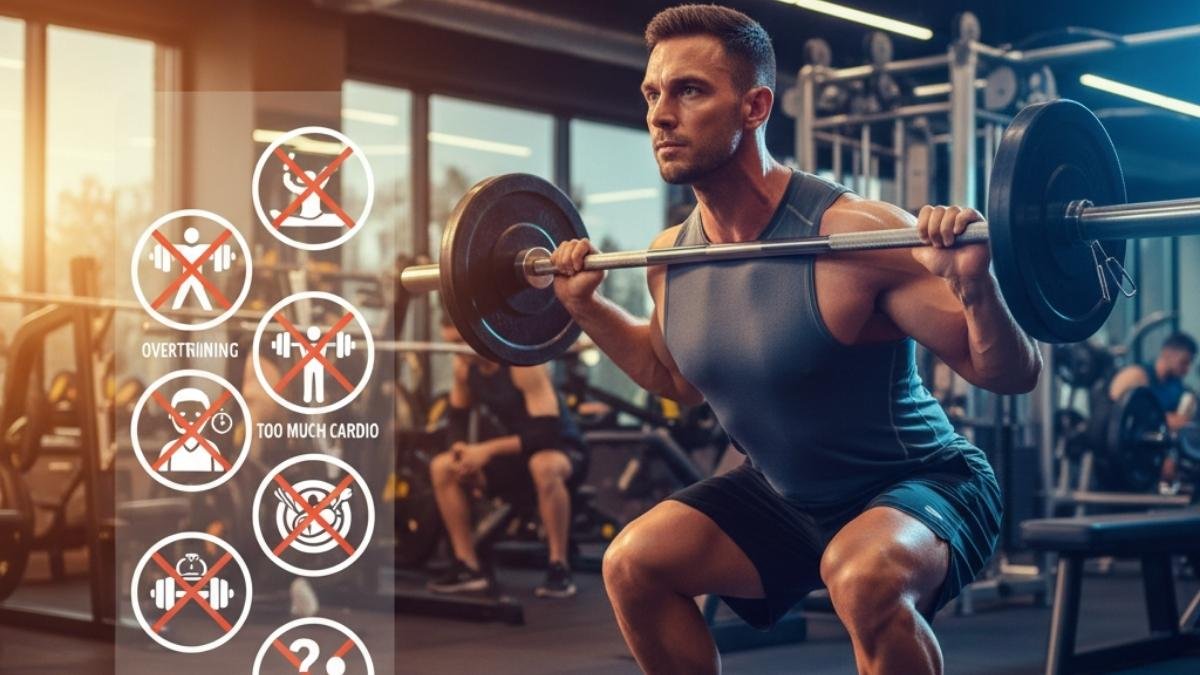
Let’s be honest. It’s a frustrating feeling. You’re doing everything you’re “supposed” to do. You drag yourself to the gym, you push through the workouts, you skip the dessert, you “eat clean.” And in return, you’re… exhausted. Your motivation is shot, your brain feels like it’s full of cotton, and you’re just not seeing the results you were promised.
You start thinking, “Well, I guess this is just what getting older feels like.” But maybe it’s not. Maybe the “healthy” habits you’re so proud of are the very things quietly sabotaging your hormones.
When we talk about hormones, we’re really talking about testosterone. And no, this isn’t just a “guy” thing. Testosterone is a critical steroid hormone for both sexes. In men, it governs muscle, bone density, energy, mood, cognitive function, and libido. In women, it’s just as vital for bone health, muscle maintenance, energy, and sex drive, with levels naturally declining after menopause.

Millions of men might be living with a clinical testosterone deficiency. And sure, there’s a well-known, natural decline that happens with age—about 1% a year after you hit 40. But here’s the thing: lifestyle factors are proving to be a way bigger deal than just your birthday. Many of those symptoms we blame on aging (fatigue, brain fog, low stamina) might actually be lifestyle-induced hormonal suppression.
And the biggest culprit? The very workouts we’re doing to feel better. Here are the five most common blind spots that are secretly sinking your T-levels.
1. You’re All Grind, No Recovery

We live in a fitness culture that celebrates “the grind.” “No pain, no gain.” We wear our soreness like a badge of honor.
But your body has a different perspective. It just sees stress. Think about it this way: exercise is, by nature, a catabolic process. It breaks you down. It creates micro-tears in the muscle and drains your energy. Recovery, on the other hand, is anabolic. It’s when your body repairs that damage and builds you back stronger.
Testosterone is your body’s primary anabolic hormone. When your entire “fitness plan” is just the “breakdown” part, with no time for the “build-up” part, your body hits the panic button. It’s a smart machine. It’s not going to waste precious resources building (anabolism) when it’s under constant attack (catabolism).
So, it does two things:
- It slams the brakes on your main “build” hormone, testosterone.
- It floors the gas on your main “breakdown” hormone, cortisol.
As urologist Dr. Nelson E. Bennett puts it, “Overtraining, characterized by excessive exercise without adequate rest, can actually have the opposite effect and lead to a decrease in your testosterone levels… Your body needs time to recover and rebuild”.
This isn’t just “being tired.” It’s a real, clinically observed state. Athletes call it Overtraining Syndrome (OTS), a “maladapted response to excessive exercise without adequate rest”. There’s even a specific name for it in men who train at high volumes for years: the Exercise Hypogonadal Male Condition (EHMC). This condition is linked to resting testosterone levels that are 25-50% lower than average.
If you really want to see the damage, you have to look at the hormonal ratios, which are often more telling than a single T-level:
- The T: Cortisol Ratio: This is what sports scientists use as the gold standard for your body’s anabolic-vs-catabolic state. When you’re overtrained, this ratio plummets, signaling your body is in a breakdown spiral.
- The T: Estradiol Ratio: This one’s even wilder. A 2019 study on athletes found that overtrained men didn’t just have low T (median 538 ng/dL vs. 681 ng/dL for healthy athletes). Their T: Estradiol ratio was about 50% lower. This means their bodies weren’t just stopping T production; they were actively converting more of their testosterone into estradiol, an estrogen. This explains the classic OTS symptoms: gaining body fat, losing muscle, and serious mood swings.
Does any of this sound uncomfortably familiar?
🚨 Key Symptoms of Overreaching & Overtraining 🏋️
💪 Physical Symptoms
- 😴 Sleep disturbances/insomnia
- ⏰ Waking up feeling unrefreshed [8, 11]
- ❤️ Changes in resting heart rate [8, 10]
- 🦴 Loss of bone density [8]
🧠 Psychological & Mood
- 😔 Decreased motivation or enthusiasm [8, 10]
- 😞 Depression or low mood [8]
- 😠 Irritability, agitation, or anxiety [8, 10]
- ☁️ Poor concentration / “mental fog”
- 💔 Low libido / sexual dysfunction
📉 Performance & Other Signs
- 🛑 Unexplained drop in performance [6, 8]
- 😴 Sleep disturbances/insomnia*
- ⏰ Waking up feeling unrefreshed* [8, 11]
- ❤️ Changes in resting heart rate* [8, 10]
- 🦴 Loss of bone density* [8]
The Easy Fix
Stop treating recovery as optional. It needs to be part of your program. Schedule 1-2 active recovery days (think: a long walk, light stretching) and 1 full rest day every single week.
Even better? Plan a “de-load” week every 4-5 weeks. Just train at 50-60% of your normal volume. This gives your endocrine system (your hormone factory) a chance to reset and catch its breath.
2. Your Workout Is a One-Trick Pony (The Cardio vs. Weights Debate)
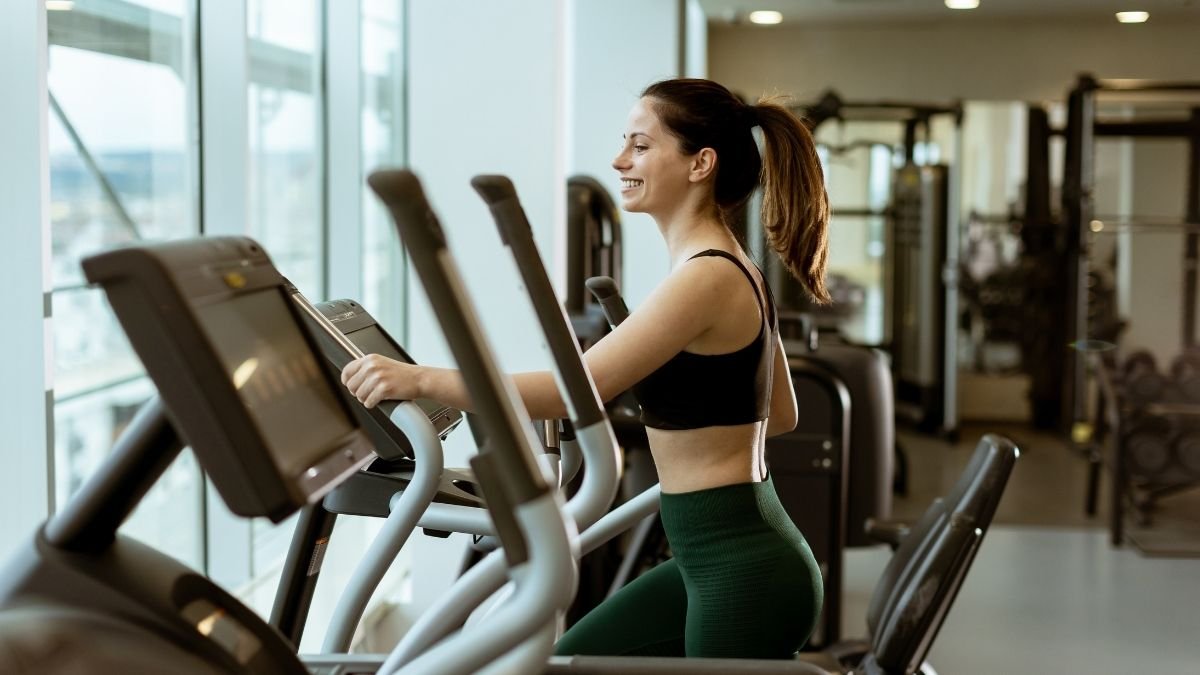
In most gyms, you find two kinds of people: the “cardio-only” crowd who live on the treadmill, and the “weights-only” crowd who are terrified cardio will “kill their gains.”
Both are getting it wrong.
First, let’s bust that myth: “cardio kills testosterone.” It’s a massive misinterpretation. Look, chronic, high-volume endurance training (like training for a marathon) is linked to lower resting T-levels. Research suggests that endurance exercise that goes past 75 minutes can become highly catabolic, spiking cortisol and, in turn, suppressing testosterone.
But moderate aerobic exercise? That’s one of your best friends for indirectly supporting testosterone.
How? It fights excess body fat. And excess body fat is a major T-antagonist. For overweight and obese men, studies show that just increasing their daily steps is strongly linked to increased serum testosterone.13 Research from the European Male Aging Study even found that losing as little as 15% of your body weight can trigger a significant rise in T.
So, while moderate cardio helps create a healthy hormonal environment, the “sweet spot” for acutely (right now) boosting T is resistance training.

- Lifting Weights: This is the most powerful signal you can send. Lifting heavy things puts stress on your muscles, which signals your body to “send in the repair crew”—and testosterone is the crew chief.
- Compound Lifts: You get the biggest bang for your buck with big, compound exercises like deadlifts, squats, and bench presses. Why? Because they “work multiple muscle groups simultaneously”, creating a massive metabolic demand that requires a massive hormonal response.
- HIIT: High-Intensity Interval Training (think: short, all-out sprints followed by brief rest) also creates a potent “testosterone surge”.
The “cardio vs. weights” debate is a total waste of time. The real enemy isn’t the type of exercise; it’s the volume without recovery.
The Easy Fix
Stop thinking “either/or.” Start thinking “what’s this tool for?”
- Use resistance training as your primary anabolic signal to build muscle and boost T.
- Use moderate cardio or HIIT as your fat-management and heart-health tool.1
A hormonally balanced week looks like this: 2-3 days of resistance training (focus on those big compound lifts) and 2-3 days of cardio (like jogging or hiking) or a couple of HIIT sessions. And if T-health is your goal, keep those endurance sessions under 75 minutes.
3. You Think Sleep Is for the Weak
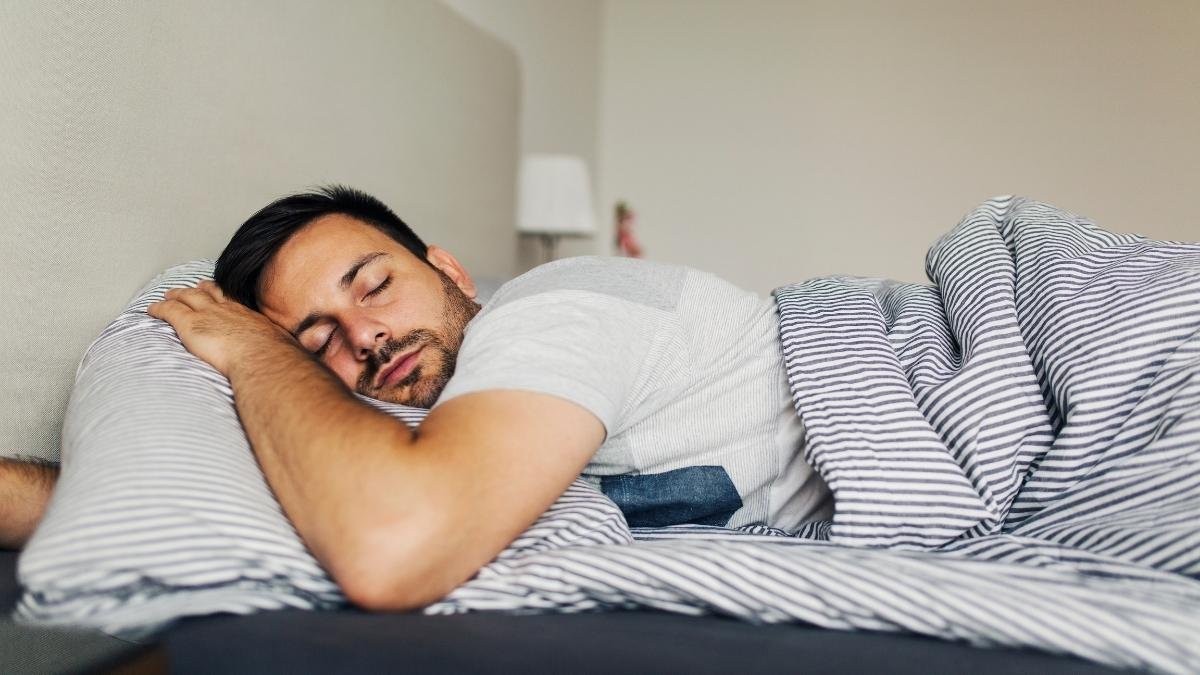
This one. Honestly, this might be the most important one. We live in a culture that brags about sacrificing sleep. We trade it for more work, more Netflix, or that 5 a.m. “grind” workout.
This is hormonal suicide. Here’s the simple, non-negotiable truth: The majority of your daily testosterone release occurs while you sleep.
Testosterone production isn’t a steady 24/7 drip. It follows your body’s clock. Levels rise all night, reach a peak around 8 a.m., and then slowly decline throughout the day. When you cut your sleep short, you are literally cutting your production window short.
The science on this is terrifying.
- A landmark study from the University of Chicago took a group of healthy young men (average age 24) and restricted their sleep to less than 5 hours a night. They only did this for one week.
- The result? Their daytime testosterone levels dropped by 10-15%.
- To put that in context, the researchers noted that this was the hormonal equivalent of aging them by 10 to 15 years. One week of bad sleep.
And it gets worse. This kicks off a vicious cycle.
- Lack of sleep tanks your T.
- Then, low T-levels can, in turn, cause or worsen insomnia and lead to “shallower sleep”.
- As if that’s not bad enough, low T allows its arch-nemesis, the stress hormone cortisol, to run wild.
- Elevated cortisol increases alertness, making you feel “tired and wired” and further destroying your sleep.
It’s a hormonal death spiral.
The Easy Fix
This is blunt, but it’s the truth: Another hour of sleep is more anabolic (muscle-building) than another hour in the gym.
If you have to choose between a 5 a.m. workout on 5 hours of sleep or just getting 7-8 hours of sleep… choose the sleep. It is the more powerful choice for your hormonal health. Aim for 7-9 hours every night. Make it non-negotiable.
4. You’re Afraid of Food (Especially Fats and Carbs)

“Clean eating” has become synonymous with “fear of food.” We’re terrified of fat. We’re terrified of carbs. We’re proud of our low-cal, low-fat diets.
And we’re starving our hormone production. Let’s do a quick biology lesson. Testosterone is a steroid hormone. The name “steroid” comes from “sterol”… as in, cholesterol.
Your body literally builds testosterone out of the cholesterol and fat you eat. The Leydig cells in the testes and cells in the ovaries are little factories that require these raw materials.
That low-fat diet you’re on? It’s like asking a construction crew to build a house with no lumber. You are starving your body of the essential building blocks for all your steroid hormones.
It’s not just what you eat, but how much. A state of “low energy availability”—a fancy term for a big, chronic calorie deficit—is a massive metabolic stressor. Your body thinks it’s starving (because it is) and causes an “acute and reversible” drop in testosterone to conserve resources.
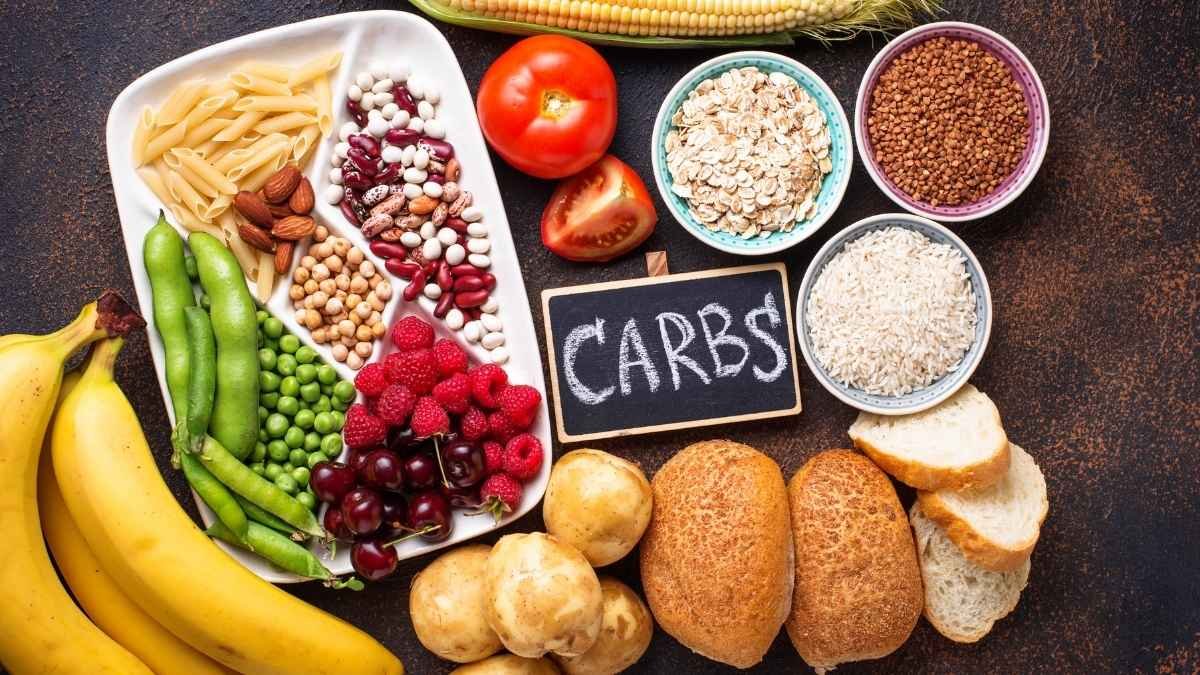
And the fear of carbs is just as bad. For active people, carbohydrates play a crucial role in managing the T: C ratio by helping to lower cortisol after a workout.
The actual dietary enemies of testosterone are what you’d expect: long-term, heavy alcohol consumption; processed foods full of trans fats; and excessive sugar, which drives insulin resistance—a known T-killer.
The Easy Fix
Start eating the “building blocks” again.
- Healthy Fats: Prioritize fats from avocados (which also contain boron, a mineral linked to higher free T), egg yolks (please, stop throwing them out—they’re full of cholesterol and nutrients), fatty fish like salmon, olive oil, and nuts.
- Carbohydrates: Don’t fear complex carbs like oats, sweet potatoes, and quinoa. Use them, especially after a workout, to lower cortisol and refuel your muscles.
- Micronutrients: T-production is also heavily dependent on key micronutrients, especially Zinc, Magnesium, and Vitamin D. You’ll find these in shellfish, dark leafy greens, and fish.
5. You Think “Life Stress” and “Gym Stress” Are in Different Buckets

This is the mistake that ties everything together. We’re logical people, so we compartmentalize. We have “Gym Stress” (which we think is good and productive) and “Life Stress” (work deadlines, relationship problems, financial worries).
We even use the “good” stress (a brutal HIIT class) to try and “fix” the “bad” stress.
Here’s the problem: Your body does not have different buckets. It just has one bucket.
“Cortisol is released when the body experiences stress, both mentally and physically”. It all goes to the same place.
- The punishing workout…
- The 5 hours of sleep…
- The low-calorie, low-fat diet…
- The looming deadline at work…
…it all adds up to one, single “allostatic load.”

And cortisol and testosterone are mortal enemies. They are “competitive agonists”. When stress is chronic—from any source—your entire hypothalamic-pituitary-gonadal (HPG) axis, the command center for hormone production, gets suppressed. Chronic stress can even cause direct mitochondrial damage to the very cells that produce testosterone.
The duration of the stress is what matters:
- Acute Stress: One short, hard workout can acutely boost both T and cortisol. This is your body’s adaptive “call to action”.
- Chronic Stress: This is what kills you. In a study of Swiss Army officer cadets, their morning testosterone levels dropped for 12 consecutive weeks of their 15-week training program before finally recovering at the very end.
When your “life stress” bucket is already full, adding a punishing workout isn’t stress relief. It’s stress overflow. This is what pushes you from an adaptive state to a maladaptive one, and your testosterone pays the price.
The Easy Fix
Start matching your workout to your day. On a day when you’re rested, fed, and your life stress is low? Go hit that new personal record.
On a day when you slept 5 hours, you’re fighting with your boss, and you’re running on fumes? A punishing workout is the worst thing you can do. The most hormonally beneficial thing you can do on that day is go for a long walk, do some light yoga, or just take a full-on rest day.
This isn’t “being soft.” This is smart training. Actively managing your stress with 5-10 minutes of mindfulness or meditation isn’t “fluffy.” It’s a direct, practical tool for lowering cortisol and managing your total stress load.
Your T-Balancing Toolkit: A 3-Step Guide
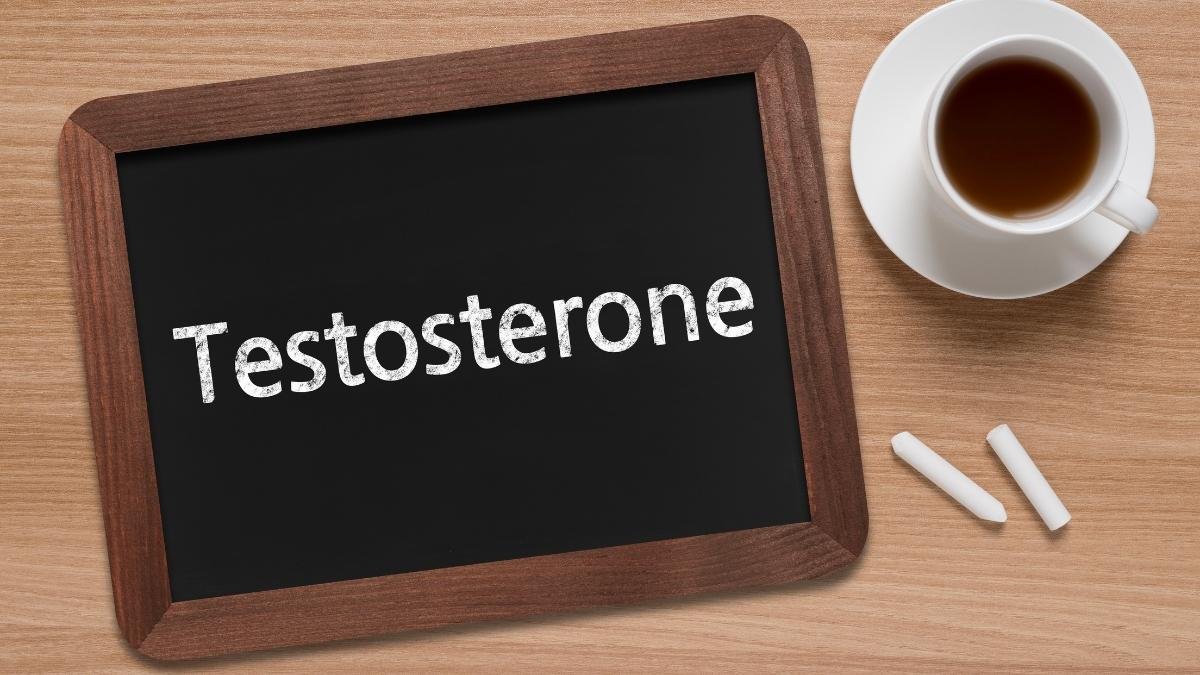
Okay, that was a lot. Let’s make it simple. Here’s your new game plan.
- Re-Design Your Workout Week: Prioritize 2-3 weekly sessions of T-boosting resistance training, focusing on those heavy, compound movements (squats, deadlifts, presses). Balance this with 2-3 weekly sessions of “fat and stress management”—moderate cardio, hiking, or 1-2 HIIT sessions.
- Master Your Anabolic Triggers (Food & Sleep): Make 7-9 hours of quality sleep your #1 priority. This is your primary T-production window, period.19 And eat the building blocks—healthy fats from avocados, egg yolks, olive oil, and nuts.
- Manage the “Stress Bucket”: Look at that symptom table. Listen to your body’s signals. If you’re wrecked, rest. Your body is telling you it needs to recover.
A Few Tools That Might Help the Process
We’ve covered the big strategies—sleep, food, recovery, and stress. But let’s be real, sometimes a little extra help can make a big difference. This isn’t about finding a “magic pill” (because there isn’t one), but about finding tools that make the “fixes” we just talked about a little bit easier to stick with. If you’re looking to support your new routine, here are a few things that can genuinely help.
1. Magnesium Glycinate
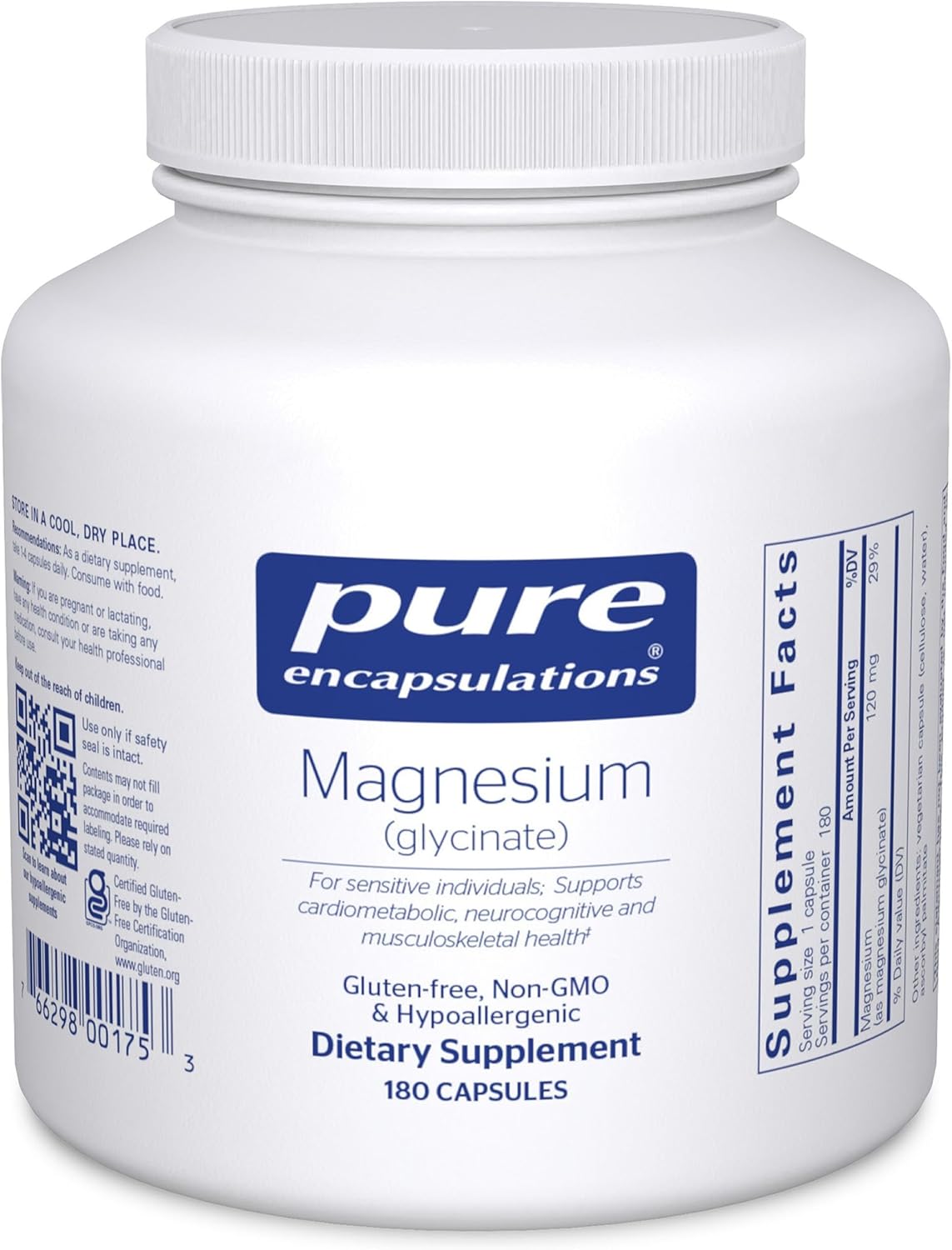
We talked about how magnesium is crucial for recovery and relaxation. This specific form, glycinate, is known for being easily absorbed and gentle on the stomach, making it great for supporting sleep and managing stress.
2. Vitamin D3

If you’re not getting a ton of sun, you’re likely deficient in this. It’s not just a vitamin; it’s a precursor to hormones and essential for inhibiting the conversion of testosterone to estrogen. This is a simple, no-brainer way to support that ‘micronutrient’ fix.
3. Zinc Picolinate

This is the other micronutrient powerhouse we mentioned. Zinc is vital for stimulating the production of LH (Luteinizing Hormone), which is the main precursor to testosterone release. Picolinate is a highly absorbable form that your body can easily use.
4. A 100% Blackout Sleep Mask

This might sound simple, but it’s a game-changer for Fix #3. The majority of your testosterone release happens while you sleep. A mask that gives you true 100% blackout (like the Manta PRO, which is highly rated for this) can seriously improve your sleep quality, especially if you’re sensitive to any light.
5. A Percussive Massage Gun

This is for tackling Fix #1 (Recovery). When you’re dealing with those “heavy, sore, stiff muscles”, a percussive massager can help increase blood flow and speed up that “anabolic” repair phase. A good value option like the Bob and Brad C2 is a great way to actively manage recovery.
Myth vs. Fact: Let’s Clear Up Two Last Things
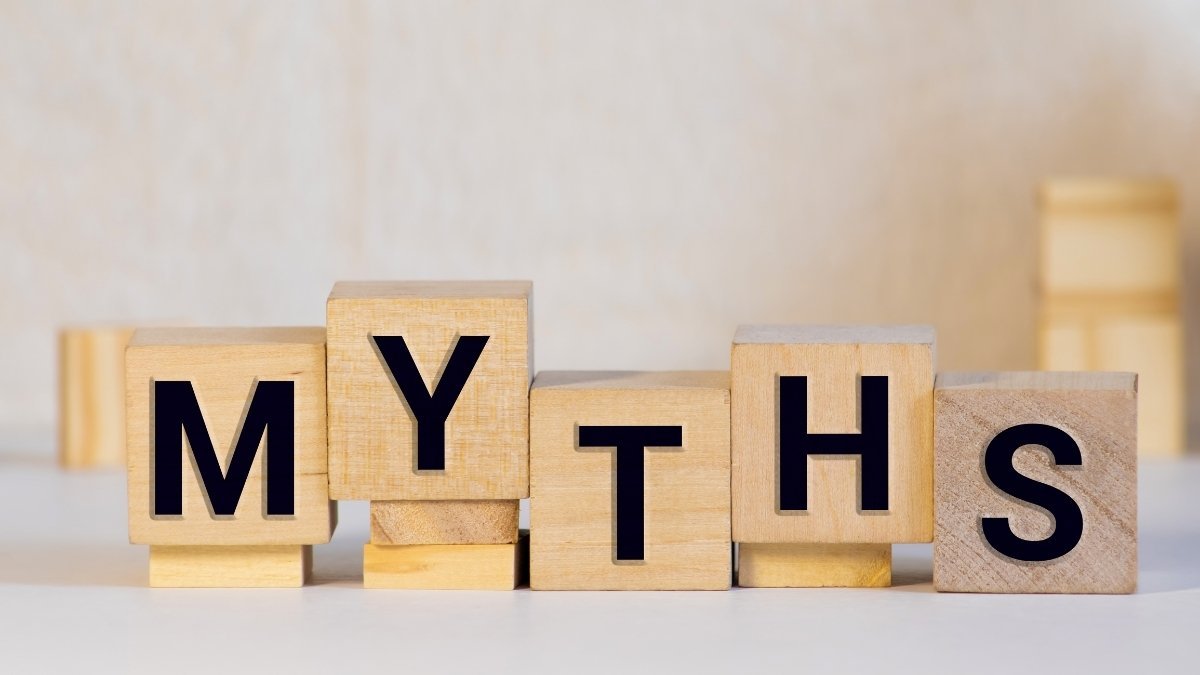
- Myth: “No pain, no gain.” If I’m not sore the next day, it didn’t count.
- Fact: Look, soreness (what scientists call DOMS) is just a side effect of muscle micro-tears. It’s fine. But being in a constant state of soreness is not a badge of honor. It’s a sign of under-recovery. And as we just covered, chronic under-recovery is the fast-track to suppressing testosterone.
- Myth: “Male Menopause” is a real thing, and it’s inevitable.
- Fact: That term is incredibly misleading. In women, menopause is a relatively sudden and dramatic hormonal shift. In men, the change is a slow, gradual decline of about 1% per year after age 40. Most of the symptoms that guys blame on “male menopause”—the fatigue, the depression, the low libido—are often not an inevitable part of aging. They are the direct consequence of fixable, underlying lifestyle issues: obesity, type 2 diabetes, chronic stress, and sleep apnea.
The “Sweet Spot” Is the New “Grind”
Here’s the big takeaway: Your hormonal health doesn’t respond to punishment. It responds to balance.
The goal is not to “grind” yourself into dust. The goal is to find the “sweet spot” between stress (exercise) and recovery (sleep, food, and rest).
You have so much more agency here than you think. In fact, when researchers compared exercise to testosterone (T) replacement therapy in older men, they found that exercise was actually more effective than T treatment at improving aerobic capacity and decreasing total and visceral fat mass.
You have the tools. Start by fixing these five “healthy” habits. But look, if you make these changes and you still feel chronically tired, foggy, and “off,” do yourself a solid: go talk to your doctor. Ask for a blood test. You deserve to feel good.






